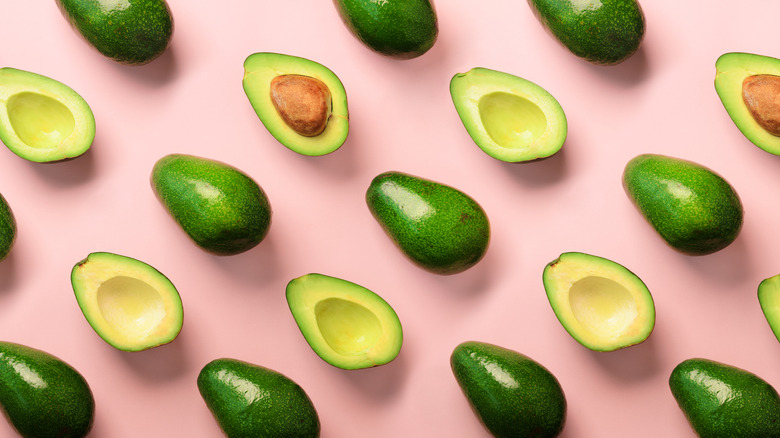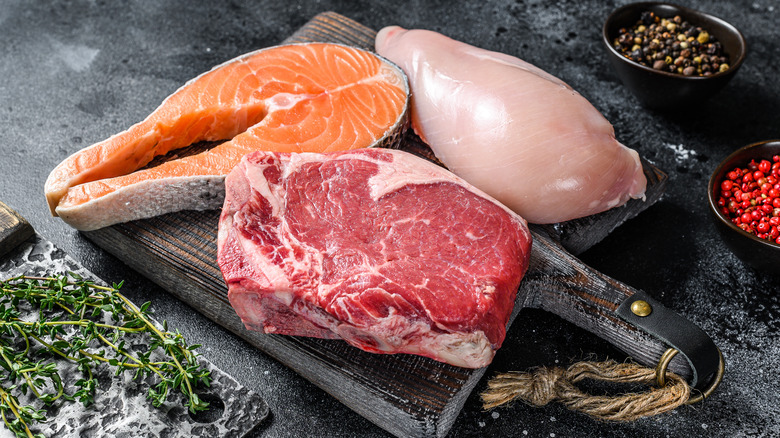How Many Carbs Can You Eat On The Keto Diet?
The most searched food-related term on Google in 2020 was "keto," per Bolst Global. Boasting 25.4 million searches, keto surpassed both intermittent fasting and Atkins. The ketogenic diet has made its mark all over the world, including Europe and the Asia-Pacific region.
Harvard Health explained the keto diet as one that forces the body to rely on ketone bodies for fuel, which is produced by the liver. The focus on fat is what makes it different from other low-carb diets that emphasize increasing protein. Though it has soared in popularity because of weight loss benefits, Kathy McManus, director of the Department of Nutrition at Harvard-affiliated Brigham and Women's Hospital, said that its primary use was "to help reduce the frequency of epileptic seizures in children."
There are several risks associated with keto including nutrient deficiency, liver and kidney problems, constipation, fuzzy thinking, and mood swings. If your healthcare provider gives you clearance to try it, here's what you need to know about carbs.
This is what your carb intake on keto should look like
According to Mayo Clinic, the typical diet consisting of 2,000 calories requires 225 to 325 grams of carbs per day. On keto, per StatPearls, that number significantly drops to 20 to 50 grams of carbs per day. The appropriate proportions of macronutrients on a ketogenic diet are 55% to 60% fat, 30% to 35% protein, and 5% to 10% carbohydrates.
Healthline shared that one of the side effects of low-carb diets is that the body flushes out excess sodium and water. As a result, insulin levels drop. Though sodium often gets a bad rap, the body does depend on the electrolytes it provides. With that being said, it may be a good idea to replenish by adding electrolyte drops to your water or drinking bone broth.
Keep in mind that low-carb doesn't mean no carbs. Fruits and vegetables do have carbs, but the right ones will allow you to remain in ketosis. Eating Well recommended berries, avocados, non-starchy vegetables, and dark chocolate or cocoa powder as sustainable replacements.


